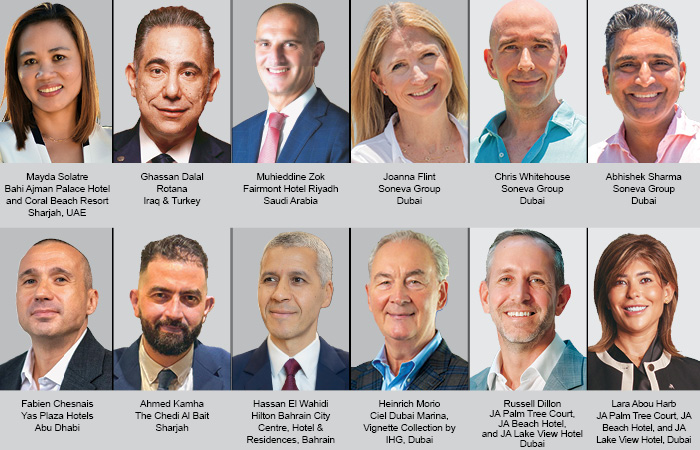The number of Indian tourists travelling to the GCC is expected to increase 81 per cent from 5.4 million in 2018 to 9.8 million in 2024, growing at a Compound Annual Growth Rate (CAGR) of 10 per cent, according to the latest data published ahead of Arabian Travel Market 2020.
TT Bureau
As destinations throughout the Middle East prepare to showcase their latest offering at ATM 2020, which will be held at Dubai World Trade Centre from April 19-22, 2020, Colliers International predicts that more than 20 per cent of India’s total outbound market will travel to the GCC by 2024 – with business, place of work and leisure underpinning this demand.
Danielle Curtis, Exhibition Director ME, Arabian Travel Market, said, “This influx of Indian visitors to the GCC shows no sign of abating, with every reason to believe India will maintain its position as a top source market as the region prepares to welcome an estimated increase of 81 per cent by 2024, providing a significant boost to the region’s tourism industry as we look ahead. This projected growth is being supported by a number of key stakeholders in the region, from immigration initiatives and mega events, to hotels, F&B venues, resorts, theme parks and malls – all of which appeal to Indian travellers.
ATM is witnessing this growth first-hand, in 2019, 10 per cent of the total buyers at the show were from India. In terms of potential, we are only scratching the surface as the Indian middle class represents just three per cent or 40 million of the total Indian population and average real wages are set to quadruple between 2013 and 2030.”
In 2018, the UAE welcomed 2.89 million Indian tourists with this figure expected to reach 5.29 million by 2024, increasing at a CAGR of 11 per cent, according to ATM’s official research partner, Colliers International. Adding to this, India retained its top spot on Dubai’s list of source markets for inbound tourism, with almost 1 million Indian tourists arriving in the emirate during the first half of 2019. Despite the UAE leading comparative growth, Saudi Arabia, Oman, Bahrain and Kuwait are all expected to witness an increase of 10 per cent respectively between 2018 and 2024.
“Driving this growth is a new generation of leisure attractions in the GCC, relaxed visa regulations for Indian nationals, additional airline routes, increasing business opportunities, a renewed focus on Indian weddings and the M!CE segment as well as the increasing popularity of adventure and eco-tourism in countries including the UAE and Oman,” said Curtis.
Last year, Indian tourists accounted for approximately 26.1 million of total outbound trips made, with reports from the UNWTO estimating this figure will increase by 92 per cent to reach more than 50 million by 2022. Indian tourists are among the world’s highest spenders while travelling abroad, with outbound travel and tourism expenditure to increase from US$ 21.4 billion in 2018 to US$ 39.3 billion by 2024.
 TravTalk Middle East Online Magazine
TravTalk Middle East Online Magazine





